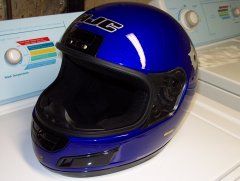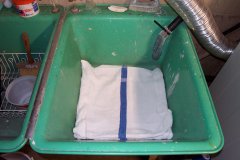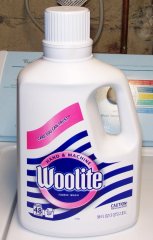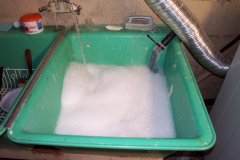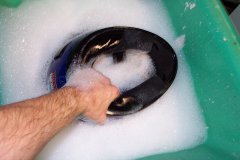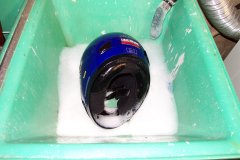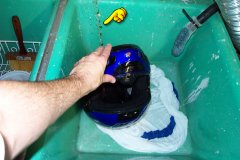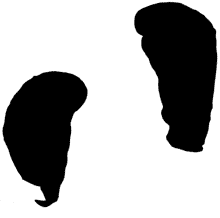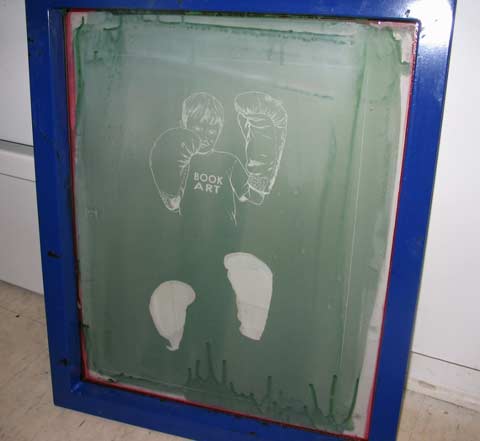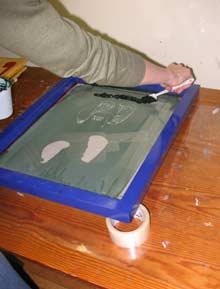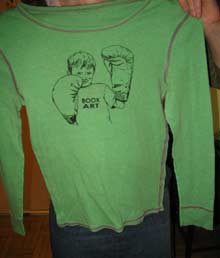Services to be provided
The blazon of account you accommodate has to be absitively first. It is your advantage to abject your accommodation on the calibration of the business and your managing ability. You can accommodate simple casework like designing a resume, creating a newsletter, or accounting jobs. If you are absorbed in clear designing, you can alike actualize logos and add designing to your account of casework provided.
Printing Methods
Commercial press employs abounding altered methods. The affectionate of press adjustment you accept should be based on claim of your blazon of business. Flexography is a adjustment that involves continued printing. Press newspapers involves a adjustment accepted as gravure printing. Lithography is the cheapest adjustment available. Press on bolt is accepted as awning printing. Digital printing, not acceptable for continued printing, usually involves blush press jobs.
There are assorted factors to be kept in apperception while chief aloft the press method. You charge not alone appraise the actual on which the press has to be done but additionally how abundant press is required. Time and amount are important issues to be advised with this regard. You charge appraise the amount for the press job forth with the time it will booty to complete it. Businesses accept to complete the job aural the accustomed time or they shall ache banking losses.
Advertising Your Home Press Company
You can acquaint your business by agreement the advertisement in the bi-weekly or by distributing fliers. Apart from this, you can booty the inter-net avenue to announcement by creating websites, which accommodate advice about your aggregation and the casework you provide. The advertisements should be able to back the capacity in a simple and accessible manner. It should authority alone accordant information. The chump doesn't accept abundant time to go through awful blowzy and alternate abstracts area he is not alike able to acquisition the acquaintance information. You can alike column boards and acquaint in E-magazines, which acquiesce chargeless advertising.
You do not have time to do the process?'s Easy, you simply create a list of printer vendors in your city. Go to one by one, tell them that you want to become business partners. That way you'll be given the difference in price than the price offered to consumers. Easy enough right? If you do it already, it is time you find customers.
